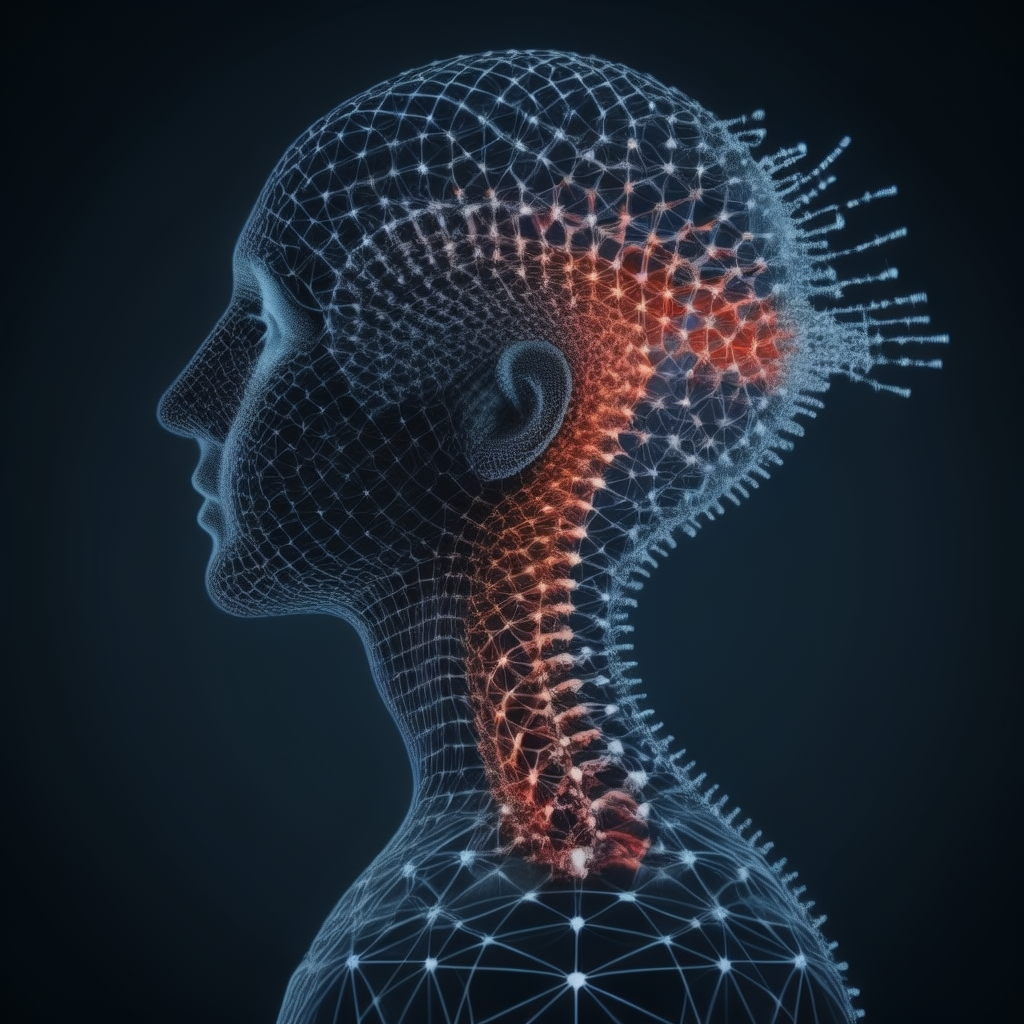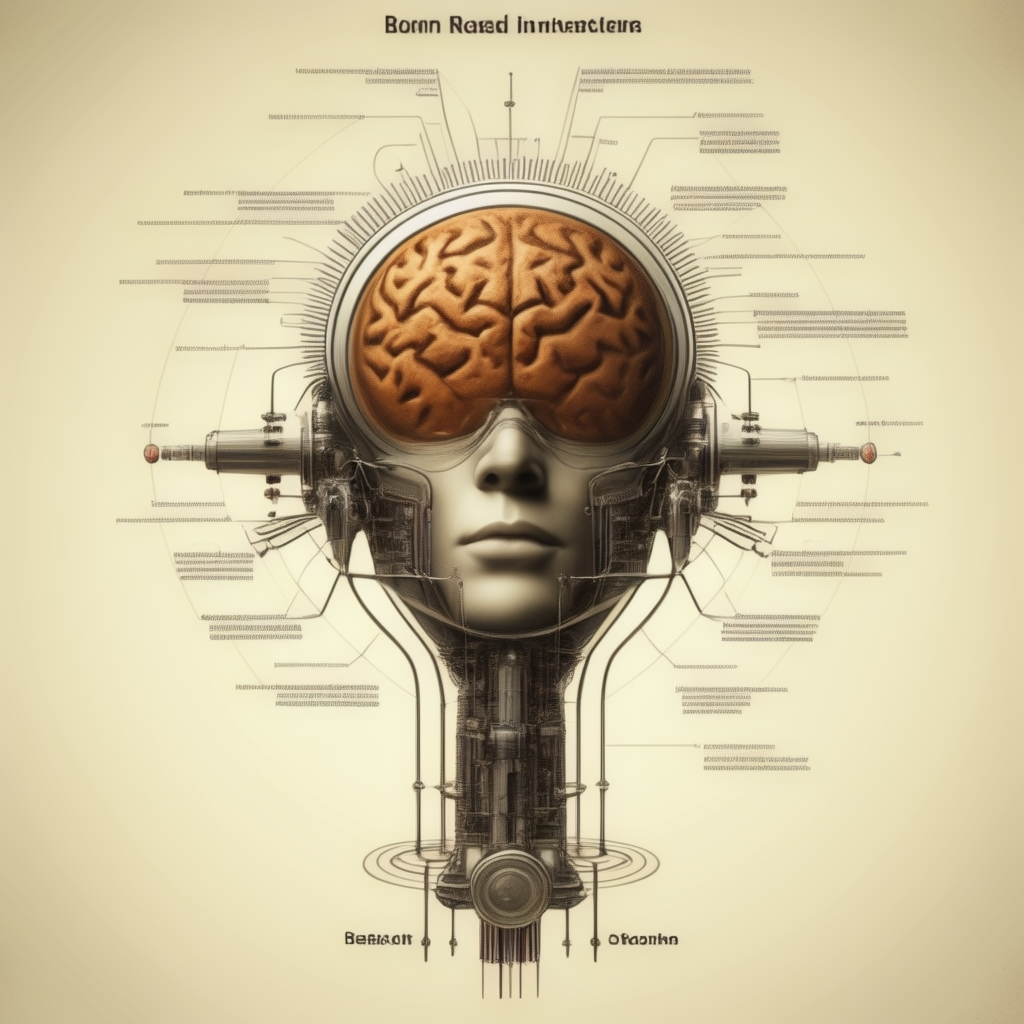Language vs. Thought: The Cognitive Process Behind Scientific Discoveries
Introduction: Differentiating Names from Phenomena
Labels and terminology serve to identify and categorize concepts, yet they are not the essence of the concepts themselves. Innovations, whether in the realms of technology or scientific inquiry, are often discussed using specific languages, but the essence of these phenomena transcends linguistic boundaries. This blog post explores the intricate relationship between cognitive processes and language, examining historical, scientific, and cognitive perspectives to understand how breakthroughs in understanding occur.
The Origins and Development of Human Communication Systems
Early Human Communication
Initial forms of human communication were based on gestures, symbols, and rudimentary vocalizations. Over time, these basic methods evolved into structured communication systems, enabling humans to share increasingly complex ideas and information.
Cultural Evolution of Communication
Each society developed its unique communication methods, creating a rich tapestry of linguistic diversity. Despite this variety, the cognitive processes driving the acquisition and transmission of knowledge remained consistent, highlighting the universality of human thought.
Cognitive Mechanisms Underlying Breakthroughs
The Nature of Human Cognition
Human  encompasses various mental functions, such as reasoning, problem-solving, and conceptualization. These functions are the driving force behind the generation of hypotheses, the conduct of empirical investigations, and the derivation of new insights.
encompasses various mental functions, such as reasoning, problem-solving, and conceptualization. These functions are the driving force behind the generation of hypotheses, the conduct of empirical investigations, and the derivation of new insights.
The Process of Insight Generation
Insights often emerge when the brain synthesizes various pieces of information into a coherent whole. This mental synthesis is followed by empirical testing, validating the newly formed concepts. Throughout this journey, communication systems document and disseminate findings, but the cognitive activities are primary.
Insights from Neuroscience on Thought Processes
The Brain’s Role in Cognitive Activities
Neuroscientific research has identified specific brain regions responsible for processing information, integrating knowledge, and generating insights. For instance, the prefrontal cortex and hippocampus are crucial for these mental activities.
Complex Thought Without Verbalization
Research has shown that individuals can engage in sophisticated mental activities without relying on verbal expression. People can solve numerical problems, visualize spatial arrangements, and understand abstract ideas without needing linguistic representation.
Case Studies of Scientific Breakthroughs
Kepler’s Laws of Planetary Motion
Johannes Kepler’s formulation of the laws governing planetary orbits resulted from meticulous observation, mathematical analysis, and creative reasoning. While his work was later communicated through language, the core insights were products of cognitive activity.
Quantum Mechanics Development
The development of quantum mechanics involved significant cognitive breakthroughs by scientists such as Max Planck and Niels Bohr. Their ability to conceptualize atomic and subatomic phenomena stemmed from cognitive insights that transcended linguistic descriptions.
The Role of Abstract Symbolism in Scientific Inquiry
Abstract Notation as a Universal Descriptor
Abstract notation systems, such as those used in mathematical reasoning, provide a consistent framework for representing scientific phenomena. These systems allow for clear and precise communication across different linguistic contexts.
Cognitive Aspects of Abstract Reasoning
Engaging in abstract reasoning involves recognizing patterns, making logical deductions, and conceptualizing relationships. These mental processes are essential for scientific discovery and operate independently of verbal or written communication systems.
Communication Systems as Tools for Knowledge Sharing
The Importance of Documentation
Although cognitive processes are at the core of scientific discovery, documentation systems are essential for sharing ideas and knowledge. Discoveries are recorded, disseminated, and built upon through communication systems, facilitating collaboration and the progression of science.
Overcoming Linguistic Diversity
In the global scientific community, linguistic diversity is addressed through standardized terminologies, translations, and collaborative efforts. This ensures that discoveries made in one linguistic context are accessible and usable by scientists worldwide.
Understanding the Relationship Between Thought and Communication
The interplay between cognitive activities and communication systems is multifaceted. While communication systems are crucial for sharing and advancing knowledge, the cognitive processes driving scientific discovery are distinct from linguistic expression. Insights, experimentation, and abstract reasoning form the foundation of scientific progress, illustrating the remarkable capabilities of the human mind in pushing the boundaries of knowledge and innovation.
Introduction: Understanding the Distinction Between Labels and Reality
Terminology and nomenclature provide a means to identify and classify ideas, yet they are not the essence of the ideas themselves. Innovations in science and technology, while often discussed through specific languages, transcend linguistic boundaries.
The Foundations of Human Cognitive Function
Basic Cognitive Processes
Human cognition involves various mental activities, including perception, memory, and reasoning. These functions are essential for generating hypotheses, conducting analyses, and deriving new understandings.
The Role of Intuition
Intuition plays a crucial role in cognitive processes, often guiding individuals to new insights without conscious reasoning. This mental capacity is fundamental to the initial stages of discovery and innovation.
The Role of Mental Visualization
Imagining Abstract Concepts
The ability to visualize abstract concepts is a key cognitive skill that aids in understanding complex phenomena. Mental imagery helps scientists and thinkers conceptualize ideas that are not immediately observable.
Cognitive Modeling
Building mental models allows individuals to simulate and test ideas in their minds. This process is critical for developing new theories and conducting thought experiments that precede empirical testing.
Cognitive Insights in Scientific Practice
Pattern Recognition
Identifying patterns is a fundamental cognitive skill that underpins many scientific discoveries. This ability enables individuals to detect regularities and anomalies in data, leading to new insights.
Analogical Reasoning
Drawing parallels between different domains can lead to breakthroughs by applying known principles to new contexts. This form of reasoning is instrumental in developing innovative solutions and technologies.
The Influence of Culture on Cognitive Processes
Cultural Cognition
Cultural background influences how individuals perceive and interpret information. Diverse cultural perspectives contribute to a richer pool of cognitive strategies and approaches to problem-solving.
Cross-Cultural Collaboration
Collaborative efforts across cultures combine different cognitive strengths, leading to more comprehensive and innovative outcomes. These collaborations demonstrate that thought processes are not confined by linguistic or cultural boundaries.
The Impact of Technology on Cognitive Abilities
Cognitive Augmentation
Technological advancements, such as artificial intelligence and machine learning, enhance human cognitive abilities by providing new tools for analysis and problem-solving. These technologies expand the potential for innovation.
Information Overload
While technology offers numerous benefits, it also presents challenges such as information overload. Managing and processing vast amounts of data requires advanced cognitive strategies and tools.
Future Directions in Cognitive Science
Neuroenhancement
Emerging technologies aimed at enhancing cognitive functions, such as neurostimulation and nootropics, hold the potential to further amplify human cognitive capabilities. These advancements could lead to unprecedented levels of innovation.
Cognitive Diversity
Emphasizing and leveraging cognitive diversity can lead to more robust and creative solutions. Encouraging diverse cognitive approaches within scientific communities promotes a broader range of ideas and discoveries.
The Symbiotic Relationship Between Thought and Communication Systems
The relationship between cognitive activities and communication systems is intricate and multifaceted. While communication systems are vital for sharing and advancing knowledge, the cognitive processes driving discovery are distinct from linguistic expression. Insights, intuition, and abstract reasoning form the core of scientific progress, highlighting the extraordinary capabilities of the human mind in expanding the frontiers of knowledge and innovation.
Language is an essential tool for communication and the dissemination of knowledge, but it is not synonymous with thought itself. Concepts, technologies, and scientific phenomena are often named and described using language, yet the cognitive processes underlying their discovery and understanding are more complex and distinct from the linguistic expressions used to communicate them.
Historical and Evolutionary Perspectives on Language Development
The Evolution of Language
Language development is a fundamental aspect of human evolution. Early humans developed rudimentary forms of communication, which gradually evolved into the complex languages we know today. This evolution was driven by the need to convey complex ideas, coordinate activities, and share knowledge.
Language and Cultural Transmission
As languages evolved, they became crucial for cultural transmission. Societies developed unique linguistic systems to pass down knowledge, traditions, and scientific discoveries. Despite the differences in languages, the underlying cognitive processes involved in making discoveries remained consistent across cultures.
Cognitive Processes Behind Scientific Discoveries
Thought as a Cognitive Process
Thought encompasses a range of mental activities, including reasoning, problem-solving, and conceptualization. It is through these cognitive processes that scientists develop hypotheses, conduct experiments, and derive insights.
Insights and Experimentation
Scientific discoveries often begin with a spark of insight—a cognitive process where disparate pieces of information come together to form a new understanding. This insight is followed by experimentation, where hypotheses are tested and validated. Throughout this process, language is used to document and communicate findings, but the core cognitive activities occur independently of linguistic expression.
Neuroscience and the Brain’s Role in Discovery
The Brain’s Cognitive Functions
Neuroscience has shown that the brain’s cognitive functions are responsible for processing and integrating information, forming thoughts, and generating insights. Areas such as the prefrontal cortex and the hippocampus play crucial roles in these processes.
Thought Without Language
Studies have demonstrated that individuals can engage in complex thought processes without relying on language. For example, people can solve mathematical problems, visualize spatial relationships, and understand abstract concepts without verbalizing them.
Scientific Discoveries: Case Studies
Newton’s Laws of Motion
Isaac Newton’s development of the laws of motion was a result of extensive observation, experimentation, and mathematical reasoning. While his findings were later articulated in language, the initial insights were a product of cognitive processes independent of linguistic expression.
The Theory of Relativity
Albert Einstein’s theory of relativity is another example where thought preceded language. Einstein’s ability to conceptualize complex physical phenomena and perform mental experiments (Gedankenexperiments) was rooted in his cognitive abilities, not linguistic prowess.
The Role of Mathematics in Scientific Thought
Mathematics as a Universal Language
Mathematics is often considered a universal language that transcends cultural and linguistic boundaries. It provides a precise and consistent framework for describing scientific phenomena, allowing scientists from different linguistic backgrounds to communicate and validate their findings.
Cognitive Processes in Mathematical Thought
The process of mathematical reasoning involves cognitive activities such as pattern recognition, logical deduction, and abstraction. These processes are essential for scientific discovery and operate independently of spoken or written language.
Language as a Tool for Communication
Conveying Ideas and Knowledge
While language is not the source of thought, it is an indispensable tool for conveying ideas and knowledge. Scientific discoveries are documented, shared, and built upon through language, enabling collaboration and the advancement of science.
Overcoming Language Barriers
In the global scientific community, language barriers are often overcome through the use of standardized terminologies, translations, and international collaborations. This ensures that discoveries made in one language can be understood and utilized by scientists worldwide.
Conclusion: The Interplay Between Language and Thought
The relationship between language and thought is complex and multifaceted. While language is crucial for communication and the dissemination of knowledge, the cognitive processes underlying scientific discovery are distinct from linguistic expression. Thought, driven by insights, experimentation, and mathematical reasoning, forms the foundation of scientific progress. Understanding this distinction allows us to appreciate the true nature of human cognition and the remarkable capabilities of the human mind in advancing knowledge and technology.
References
- Pinker, S. (1994). The Language Instinct: How the Mind Creates Language. William Morrow and Company.
- Dehaene, S. (1997). The Number Sense: How the Mind Creates Mathematics. Oxford University Press.
- Einstein, A. (1920). Relativity: The Special and General Theory. Henry Holt and Company.
- Feynman, R. P. (1965). The Character of Physical Law. MIT Press.
- Chomsky, N. (1965). Aspects of the Theory of Syntax. MIT Press.






